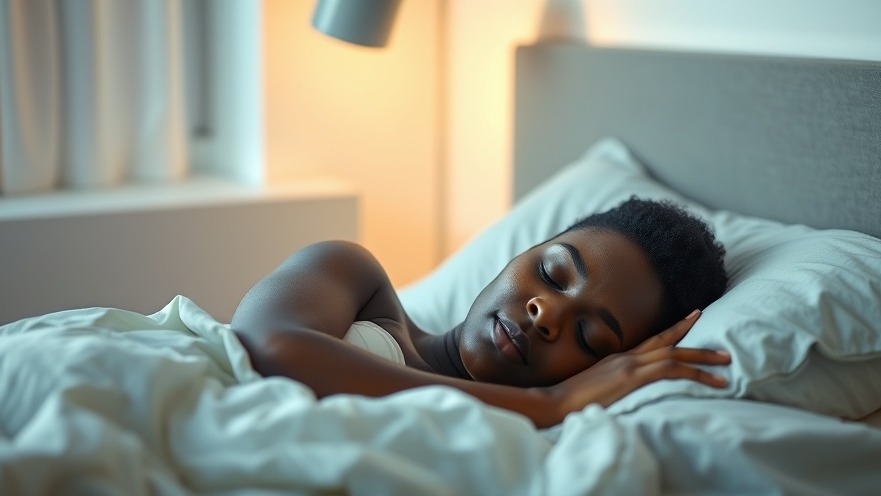
Unlocking Better Sleep: The Game-Changing 10-3-2-1-0 Rule
In today's hustle-heavy world, sleep often takes a back seat, sacrificed for the demands of our fast-paced lives. However, with a straightforward formula, you can reclaim your nights and improve your days. Enter the 10-3-2-1-0 sleep rule, a science-backed strategy designed to optimize your evening routine, allowing your body and brain to rest, recover, and reboot effectively.
Understanding the 10-3-2-1-0 Rule
Developed by renowned fitness expert Craig Ballantyne, the 10-3-2-1-0 rule offers a structured approach to enhance your sleep quality. Here's how it unfolds:
10 Hours Before Bed: Bid Farewell to Caffeine
Caffeine might feel like your afternoon ally, but it can linger in your system for hours, blocking adenosine, the chemical responsible for promoting sleepiness. Instead, consider switching to herbal tea or decaf after lunch.3 Hours Before Bed: Avoid Food and Alcohol
Late-night snacks and alcohol consumption can disrupt your sleep patterns. Both can lead to indigestion and interfere with REM sleep. Aim to have your last meal early, opting for calming drinks like chamomile tea instead.2 Hours Before Bed: Shift Out of Work Mode
Dimming your work-related mental load is crucial. Engaging in light journaling, reading fiction, or stretching can signal your brain that it's time to unwind.1 Hour Before Bed: Unplug from Screens
The blue light emitted from electronic devices suppresses melatonin production, which is vital for sleep. Use this time for screenless activities like reading or meditating.0: The Number of Times You Hit Snooze
Resist the temptation to snooze; it disrupts your sleep cycles. To cultivate a consistent rhythm, place your alarm across the room and wake up at the same time every day.
The Science Behind Better Sleep
The 10-3-2-1-0 rule is grounded in understanding the body's natural rhythms. By gradually distancing yourself from stimulants, stressors, and blue light, you provide your mind and body with a fighting chance to recover effectively. Good sleep isn’t merely about the hours logged; it’s about making a habit out of prepping for rejuvenation.
Why This Matters
Understanding the importance of sleep hygiene has never been more relevant, especially as our lives grow increasingly demanding. A lack of quality sleep affects our mental and physical health, contributing to stress, anxiety, and a diminished capacity to perform. For professionals aged 25-50 who juggle work, fitness, and social lives, implementing the 10-3-2-1-0 rule can be transformative.
Actionable Tips to Enhance Your Sleep Routine
Begin your sleep transformation tonight! Try out the 10-3-2-1-0 rule and observe how it affects your overall well-being. Make small adjustments, like reducing screen time before bed or limiting caffeine intake, to start your journey towards better sleep.
Final Thoughts: Embrace Change for Healthier Nights
Your future self will thank you for taking these steps toward improved sleep and wellness. Embrace the shift, and enjoy the vitality that comes from restorative rest.
 Add Row
Add Row  Add
Add 




Write A Comment